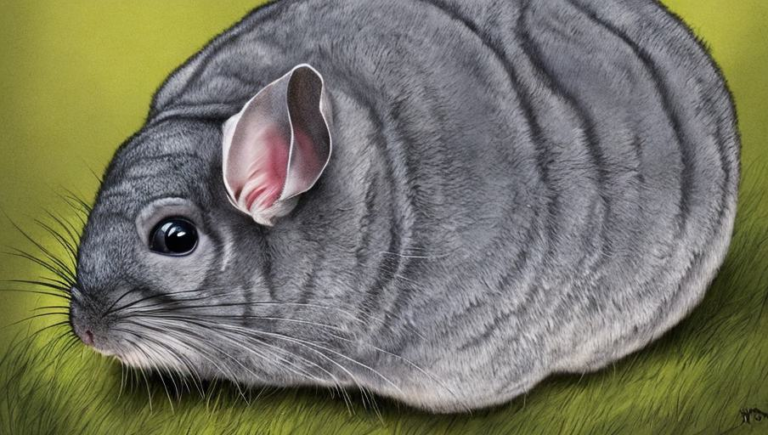Q is for Quaint: A Look at Cranes

Q is for Quaint: A Look at Cranes
Cranes are a group of large, long-legged, and long-necked birds that can be found in various habitats around the world. They are part of the family Gruidae, and are known for their unique calls and graceful movements. Cranes are among the most ancient of living birds, having been around for millions of years. Their habitats range from marshes, wetlands, and rivers to grasslands, forests, and open fields. There are fifteen species of crane, and they can be found on every continent except Antarctica.
Appearance
Cranes are distinguished by their long legs, long necks, and large wingspans. They have a variety of feathered crests, and some species have a brightly-colored patch of skin on the neck or head. The majority of cranes are gray or white, although some species have an array of bright colors. The size of cranes can range from a few feet in height to over six feet tall.
Behavior
Cranes are social creatures and live in groups known as “flocks.” They display a variety of behaviors, such as preening, dancing, and calling out to each other. Cranes are known for their elaborate courtship displays, which can involve a wide array of movements, vocalizations, and even the offering of gifts.
Diet
Cranes are omnivorous, meaning they feed on both plants and animals. They primarily eat small invertebrates such as insects, spiders, and worms, as well as roots, tubers, seeds, and leaves. They also feed on small mammals, eggs, and other animals.
Habitat
Cranes inhabit a variety of habitats, including wetlands, grasslands, rivers, and open fields. They are migratory birds and can be found in many different parts of the world. In some parts of the world, cranes are threatened by habitat loss, pollution, and hunting.
Conservation
Cranes are an incredibly important species, and their conservation is imperative. Many organizations are working to protect their habitats and provide safe spaces for them to breed and feed. Additionally, conservation efforts are focused on preventing hunting and other activities that can harm cranes.
Conclusion
Cranes are a beautiful, captivating species of bird with a wide variety of behaviors and habitats. They are an important part of the ecosystem, and it is essential that their habitats are protected and that hunting and other activities that can harm them are prevented.




